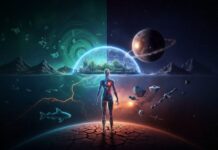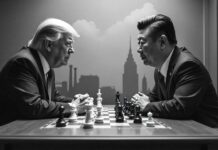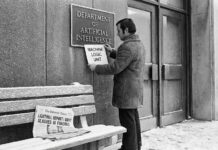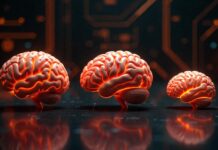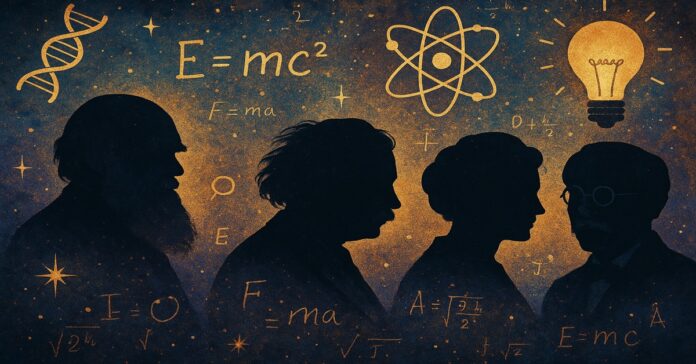
On this platform, we’ve written a lot about geniuses and people with high IQs. However, some people really go beyond that – some people influenced the world so much that they must be in the category of the most important scientists (or people) who ever walked this Earth.
And the greatest minds in human history share a common thread: they refused to accept the world as they found it. They asked questions that others feared to ask, imagined possibilities that seemed impossible, and transformed our understanding of reality itself.
These ultra-remarkable people didn’t just make discoveries—they fundamentally altered how we perceive ourselves and our place in the universe. They challenged the established order, often facing ridicule, persecution, or exile for their revolutionary ideas.

Some worked in isolation, like Darwin, spending decades gathering evidence before revealing his theory of evolution. Others collaborated across disciplines, like the Curies, combining physics and chemistry to unlock the secrets of radioactivity.
A few, like Leonardo da Vinci, transcended traditional boundaries entirely, applying artistic sensibilities to scientific problems and engineering principles to creative endeavors.
So let me tell you a story about ten individuals whose curiosity and courage completely reshaped civilization, whose legacy continues to influence every aspect of our daily lives, and whose example reminds us that the pursuit of knowledge remains humanity’s greatest adventure.
Let’s start…
Isaac Newton
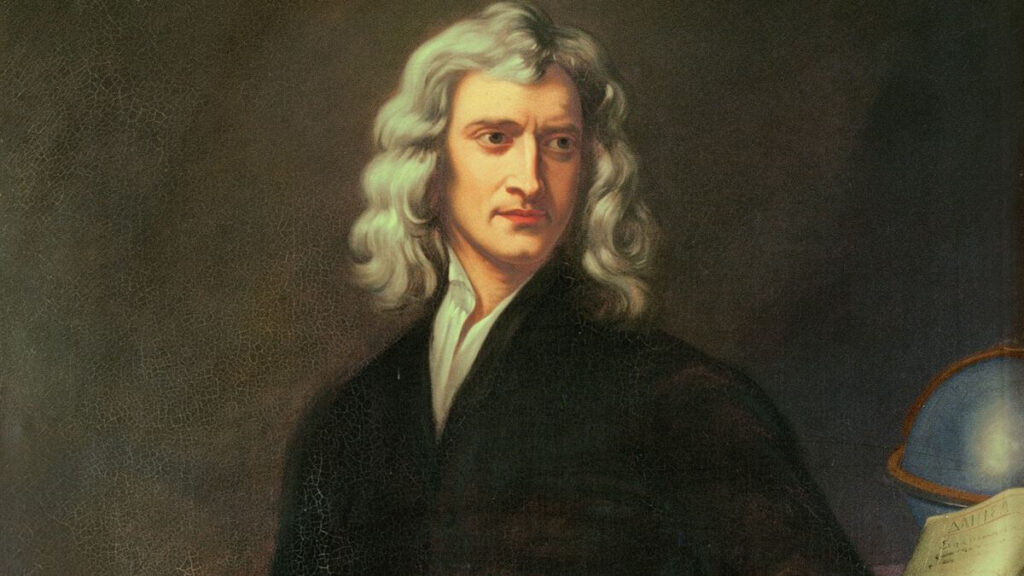
Picture a young man sitting under an apple tree, watching fruit fall to the ground. Most people would see nothing interesting.
Yet Isaac Newton saw the force that governs planets, moons, and every object in the cosmos. He was born in 1643 in rural England, and he possessed a mind that could jump from the mundane to the magnificent.
Newton’s three laws of motion became the foundation of classical physics. His law of universal gravitation explained why planets orbit the sun and why tides rise and fall.
But Newton didn’t stop there.
He invented calculus, built the first reflecting telescope, and wrote Principia Mathematica, a work that remained unchallenged for over two centuries.
What made Newton especially extraordinary wasn’t just his intelligence. He combined mathematical genius with experimental skill and philosophical depth.
When others saw separate phenomena, Newton saw universal patterns. For example, his work on optics revealed that white light contains all colors of the rainbow.
Additionally, his studies of alchemy, though unsuccessful, showed his willingness to explore every corner of natural philosophy.
Very very interesting man for sure…
Interesting fact: Newton's mother tried to pull him out of school at age 12 to become a farmer. The headmaster convinced her to let him continue his education.
Albert Einstein

Einstein’s story begins not in a university laboratory but in a Swiss patent office. While examining applications for electromagnetic devices, this young clerk was quietly changing physics.
His mind worked differently from his peers. Where others saw absolute time and space, Einstein saw relativity.
The theory of special relativity emerged from a simple thought experiment. Einstein imagined riding alongside a beam of light.
What would he see?
This mental journey led to the realization that time and space are not fixed but depend on the observer’s motion. The famous equation E=mc² followed, revealing that mass and energy are interchangeable.
But Einstein’s general theory of relativity went further, describing gravity not as a force but as the curvature of spacetime itself. This wasn’t just abstract mathematics. GPS satellites must account for Einstein’s predictions to maintain accuracy.
In other words, without relativity, your phone’s navigation would be off by miles.
But Einstein was more than a physicist. He defended civil rights, calling racism a “disease”. He joined the NAACP in the 1940s and spoke out against McCarthyism.
His moral courage really matched his intellectual brilliance.
Interesting fact: Einstein's brain was removed after his death and studied for decades. Scientists found unusual features in areas associated with mathematical thinking and spatial reasoning.
Marie Curie

Marie Curie’s laboratory was a converted wooden shed with a leaking roof and no proper ventilation. In this small space, she made discoveries that would save millions of lives.
Born Maria Sklodowska in Poland, she moved to Paris with almost no money, sometimes surviving on bread and butter alone.
And btw, Curie didn’t just study radioactivity; she actually coined the term. Working with her husband Pierre, she isolated the elements polonium and radium from tons of uraninite ore. The work was extremely exhausting.
They stirred huge barrels of boiling ore with iron rods, their hands cracked and burned by radiation. At that time, they did not know how dangerous that was.
But her achievements completely shattered gender barriers. She became the first woman to win a Nobel Prize, the first person to win Nobel Prizes in two different sciences, and the first female professor at the University of Paris.
During World War I, she developed mobile X-ray units, personally driving them to the front lines to help wounded soldiers.
Unfortunately, Curie’s dedication came at a big cost. She died from aplastic anemia, likely caused by radiation exposure.
Her laboratory notebooks remain radioactive to this day.
Interesting fact: Curie's Nobel Prize medals are stored in lead-lined boxes at the Bibliothèque Nationale in Paris because they're still radioactive and will remain so for another 1,500 years. Namely, radium-226 has a half-life of about 1,600 years.
Charles Darwin

Darwin spent twenty years gathering evidence before publishing On the Origin of Species. He knew his ideas would shock Victorian society. Namely, the notion that humans descended from earlier species completely challenged religious doctrine and human vanity.
Yet Darwin couldn’t ignore what the evidence revealed.
His voyage on HMS Beagle (name of the ship) provided the foundation for his theory. On the Galápagos Islands, Darwin observed finches with different beak shapes on different islands.
Each species had adapted to its specific food source. This observation, combined with his reading of Thomas Malthus’s essay on population, led to the concept of natural selection.
Darwin’s theory explained the diversity of life without invoking divine intervention. Species weren’t fixed creations but constantly changing forms, shaped by environmental pressures over vast periods. The implications were staggering.
Humans weren’t separate from nature but part of it.
The theory of evolution became the organizing principle of biology. It explained everything from the development of antibiotic resistance to the geographical distribution of species. Modern genetics confirmed Darwin’s insights, showing how DNA mutations provide the variation that natural selection acts upon.
Interesting fact: Darwin was so worried about the controversy his theory would cause that he called publishing it "like confessing a murder." He delayed publication for two decades until Alfred Russel Wallace independently developed a similar theory.
Galileo Galilei
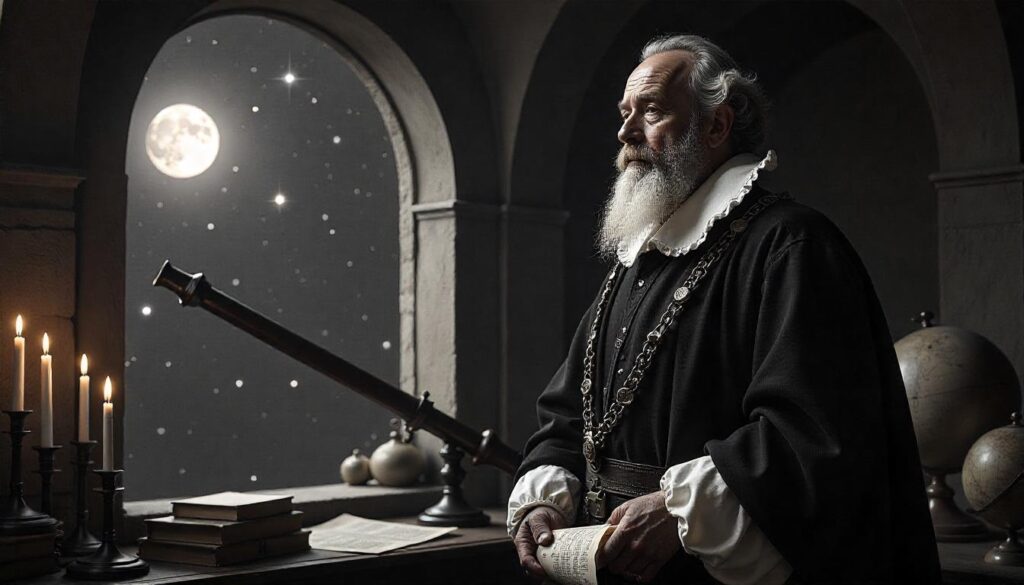
Galileo took the newly invented telescope and turned it skyward. What he saw through those primitive lenses destroyed the medieval worldview.
The moon had mountains and craters, not the perfect sphere that Aristotle described. Jupiter had moons of its own, proving that not everything orbited Earth. Venus showed phases like our moon, confirming that it orbited the sun.
These observations supported Copernicus’s heliocentric model, placing the sun at the center of the solar system. But Galileo went beyond astronomy.
He studied motion, discovering that objects fall at the same rate regardless of their weight. He investigated pendulums, laying the groundwork for accurate timekeeping.
Galileo’s approach was revolutionary. Instead of relying on ancient authorities, he conducted experiments and made careful observations.
He insisted that mathematics was the language of nature, a principle that became fundamental to modern science.
The Catholic Church forced Galileo to renounce his support for heliocentrism, placing him under house arrest for the rest of his life.
Yet his ideas couldn’t be suppressed. Science had found its method: observation, experimentation, and mathematical analysis.
Interesting fact: Galileo discovered that the Milky Way consists of countless individual stars, not the cloudy substance that ancient astronomers believed it to be.
Nikola Tesla
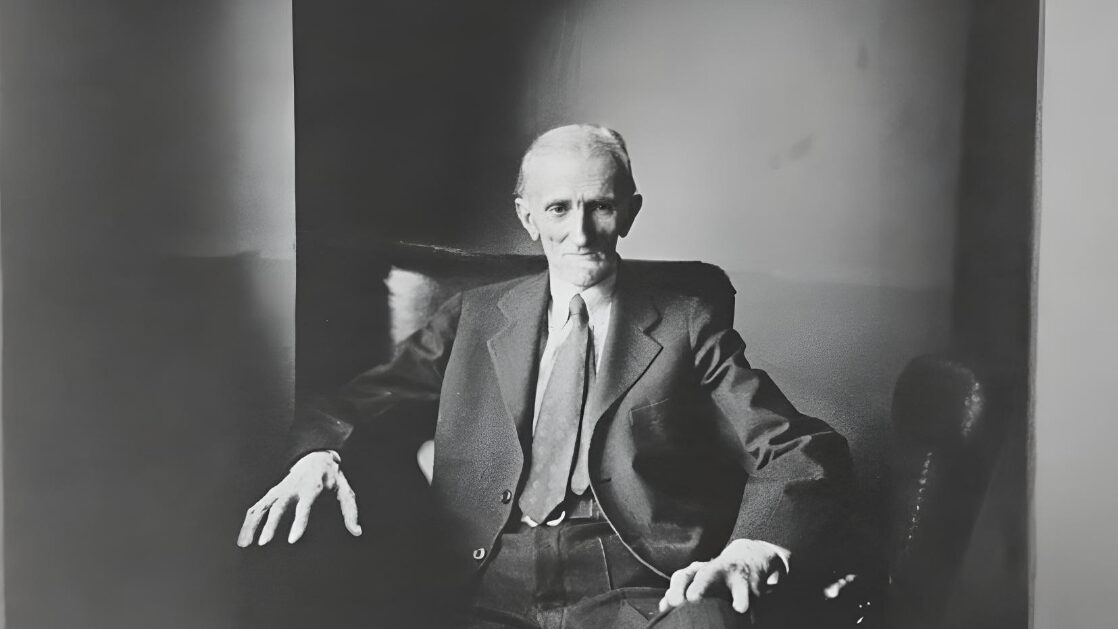
Tesla’s mind worked like no other. He could visualize complex machines in perfect detail, mentally testing and refining them before building anything physical.
This extraordinary ability led to inventions that powered the modern world.
Tesla’s alternating current system defeated Edison’s direct current in the “War of Currents“. AC could transmit electricity over long distances efficiently, making possible the electrical grids that power our cities.
Besides that, Tesla’s polyphase system remains the standard for electrical power generation and distribution worldwide.
But Tesla’s vision actually extended much beyond practical applications. He dreamed of wireless power transmission, conducting huge experiments at his Colorado Springs laboratory.
His Tesla coils produced artificial lightning bolts and powered light bulbs without wires. Though his wireless power dreams weren’t realized in his lifetime, his work laid the foundations for radio, radar, and modern wireless technology.
Additionally, Tesla held over 300 patents and spoke eight languages. He was also very much eccentric, claiming to communicate with extraterrestrials and developing an obsession with the number three.
Interesting fact: Tesla had an eidetic (photographic) memory. He claimed to have memorized entire books and could recite them word for word.
James Clerk Maxwell

Maxwell unified electricity, magnetism, and light into a single theory. His four equations, known as Maxwell’s equations, describe how electric and magnetic fields interact and propagate through space.
These equations predicted the existence of electromagnetic waves traveling at the speed of light, leading Maxwell to realize that light itself is an electromagnetic phenomenon.
This unification was as profound as Newton’s synthesis of terrestrial and celestial mechanics. Maxwell showed that seemingly different forces were aspects of the same underlying reality.
Basically, his work made possible radio, television, radar, and numerous other technologies that define modern life.
Maxwell also made significant contributions to thermodynamics and the kinetic theory of gases. Namely, he was the first to use statistical methods to describe the behavior of gas molecules, laying the groundwork for statistical mechanics.
Additionally, his work on color vision led to the first color photograph.
Despite his massive contributions, Maxwell remains less famous than Einstein or Newton. Yet Einstein called Maxwell’s work “the most profound and the most fruitful that physics has experienced since the time of Newton.”
Interesting fact: Maxwell's equations contain the seeds of Einstein's special relativity. They showed that the speed of light is constant, a fact that troubled physicists until Einstein explained it through relativity theory.
Louis Pasteur
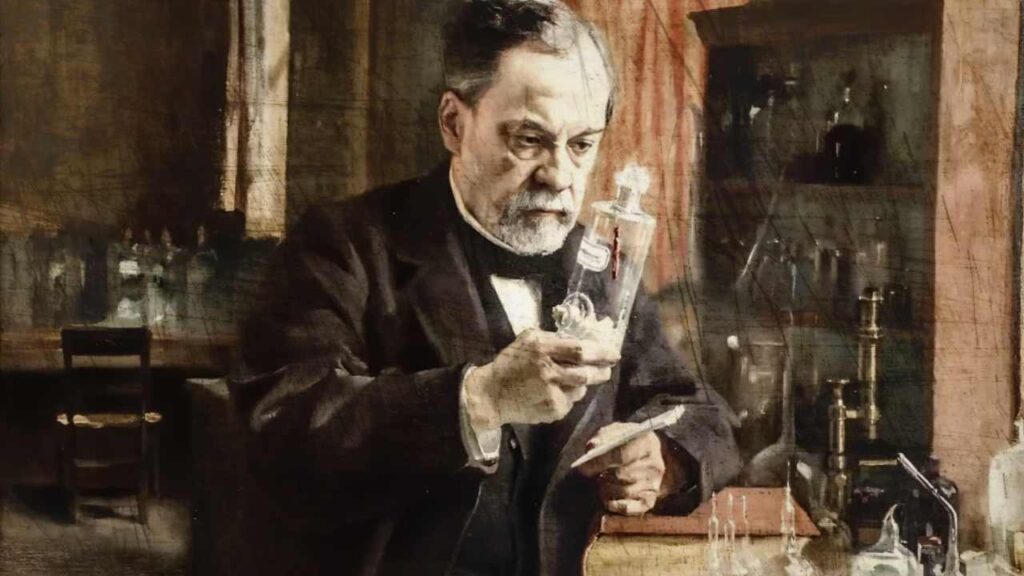
It could be said that Pasteur’s discoveries saved more lives than those of any other person. His germ theory of disease revolutionized medicine, showing that many illnesses result from microscopic organisms rather than “bad air” or divine punishment.
Interestingly enough, Pasteur began by studying fermentation in wine and beer. He discovered that microorganisms cause fermentation and that heating could kill harmful bacteria without destroying the product.
This process, called pasteurization, made food safer and extended its shelf life.
His work on vaccines was equally groundbreaking. Pasteur developed vaccines for cholera, anthrax, and rabies. His rabies vaccine was particularly dramatic, saving the life of nine-year-old Joseph Meister, who had been bitten by a rabid dog.
This success made Pasteur internationally famous and established vaccination as a powerful medical tool.
Pasteur also promoted antiseptic practices in surgery and childbirth. His advocacy for sterilizing medical instruments and washing hands dramatically reduced infection rates in hospitals. These simple measures, now taken for granted, were revolutionary in Pasteur’s time.
Interesting fact: Pasteur suffered a severe stroke in 1868 but continued working on the rabies vaccine despite partial paralysis. His determination to complete this life-saving work exemplified his dedication to science and humanity.
Tu Youyou
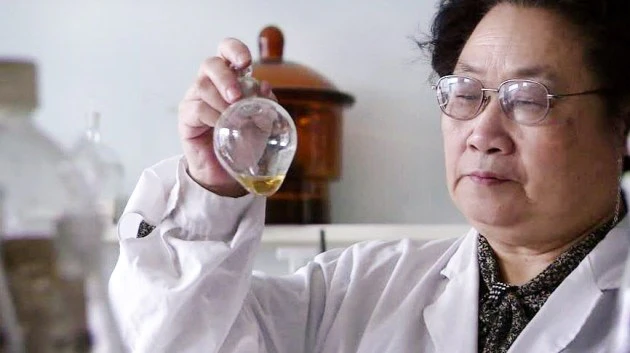
Tu Youyou may be the least known name on this list, but her work has saved millions of lives. This Chinese pharmaceutical chemist discovered artemisinin, a compound that effectively treats malaria, one of humanity’s oldest and deadliest enemies.
During the 1960s, malaria was becoming resistant to existing drugs. The Chinese government launched a secret military project to find new treatments. Tu Youyou led a team that screened thousands of traditional Chinese medicines.
After years of painstaking work, they identified sweet wormwood as a promising candidate.
The path to artemisinin wasn’t straightforward. Initial extracts showed inconsistent results. Tu Youyou then realized that high temperatures were destroying the active compound. Using a low-temperature extraction method inspired by an ancient text, she successfully isolated pure artemisinin.
Tu Youyou tested the drug on herself before trying it on patients.
Finally, her discovery led to artemisinin-based combination therapies that remain the most effective treatment for malaria. She became the first Chinese woman to win a Nobel Prize.
Interesting fact: Tu Youyou never received a PhD or studied abroad, yet her work exemplifies how traditional knowledge combined with modern scientific methods can yield breakthrough discoveries.
Leonardo da Vinci
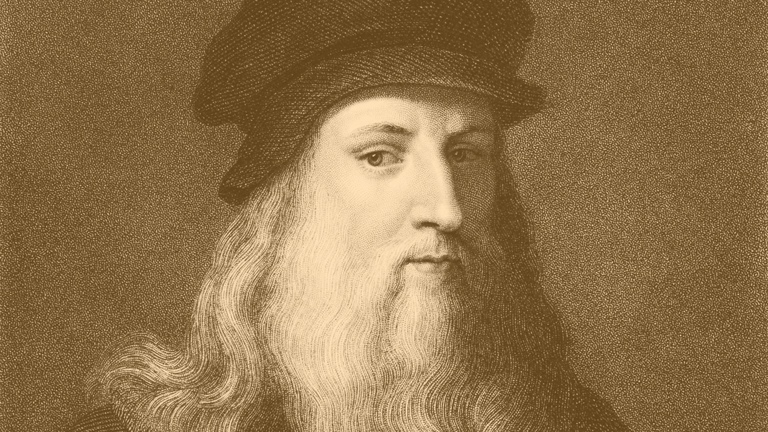
Leonardo embodied the Renaissance ideal of the complete human being. He was simultaneously an artist, inventor, engineer, anatomist, and natural philosopher.
His notebooks contain designs for helicopters, tanks, submarines, and parachutes—centuries before the technology existed to build them.
Leonardo’s artistic masterpieces like the Mona Lisa and The Last Supper demonstrate his brutal understanding of human psychology and emotion.
But his scientific work was equally remarkable. He dissected corpses to understand anatomy, creating detailed drawings of muscles, organs, and bones. His studies of water flow led to insights about turbulence that weren’t fully understood until the 20th century.
What made Leonardo unique was his ability to see connections between seemingly unrelated fields.
He applied principles of engineering to art and artistic sensibilities to scientific observation. His famous mirror writing wasn’t just eccentricity; it reflected a mind that approached problems from unexpected angles.
Leonardo’s approach to learning was hands-on and observational. He believed that understanding came through direct experience rather than abstract theorizing.
This empirical approach would later become fundamental to the scientific method.
Interesting fact: Leonardo wrote most of his notes in mirror script, from right to left. Scholars debate whether this was to keep his ideas secret, because he was left-handed, or simply because he found it more natural.


